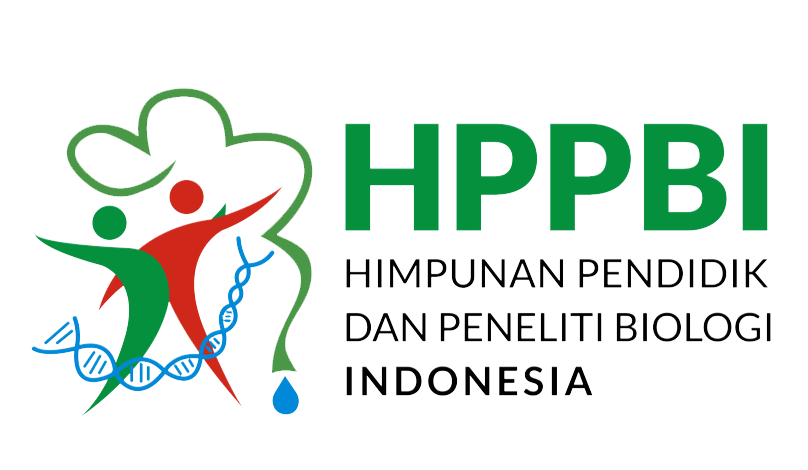PREFERENSI NYAMUK (Aedes sp.) TERHADAP BERBAGAI WARNA Ovitrap SEBAGAI PENGENDALIAN POPULASI
Abstract
Backgroud: Dengue Hemorrhagic Fever (DHF) is a disease caused by Dengue virus infection and is carried or can be transmitted by mosquitoes, Aedes sp. Until now there has been no dengue virus vaccine, so efforts to eradicate dengue are still based on breaking the chain of transmission, especially human and vector components such as Mosquito Nest Eradication (PSN). Ovitrap (oviposition trap) is a tool that can be used to catch eggs and adult mosquitoes or it can also be used to detect the presence of mosquitoes.
Method: This research was conducted in 2020 with a technical literature study.
Result: Based on the research, it was found that the water storage container for laying eggs (Ovitrap) was the most preferred and many Aedes aegypti mosquitoes were found, namely the black ovitrap.
Conclusion: There are several factors that support mosquitoes to lay eggs, one of which is the color and type of place / container. The most preferred water storage container for laying eggs (Ovitrap) and many Aedes aegypti mosquitoes is the black ovitrap. The number of eggs caught was significantly different for each ovitrap color.
Downloads
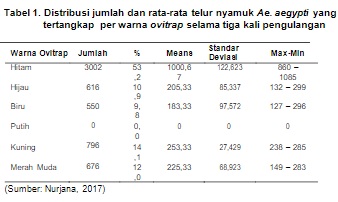
Authors who publish with this Journal agree to the following terms:
- Author retain copyright and grant the journal right of first publication with the work simultaneously licensed under a creative commons attribution license that allow others to share the work within an acknowledgement of the work’s authorship and initial publication of this journal.
- Authors are able to enter into separate, additional contractual arrangement for the non-exclusive distribution of the journal’s published version of the work (e.g. acknowledgement of its initial publication in this journal).
- Authors are permitted and encouraged to post their work online (e.g. in institutional repositories or on their websites) prior to and during the submission process, as it can lead to productive exchanges, as well as earlier and greater citation of published works

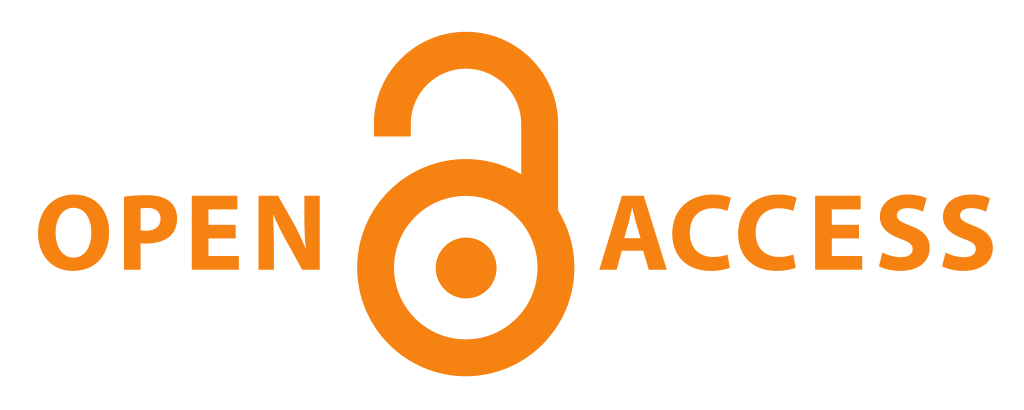
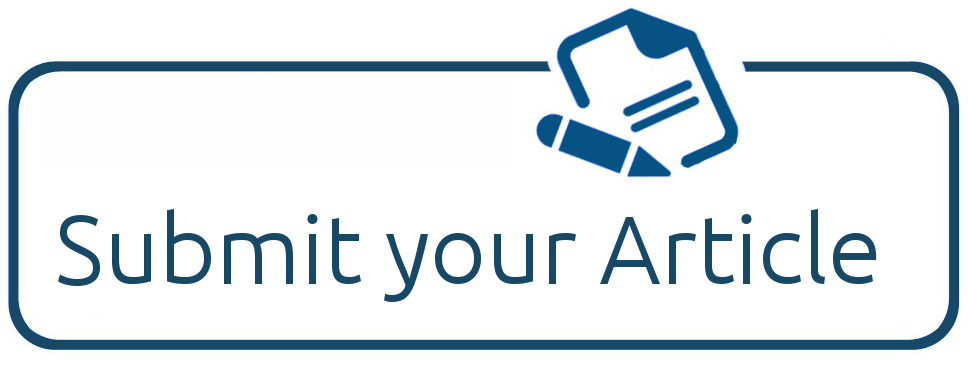
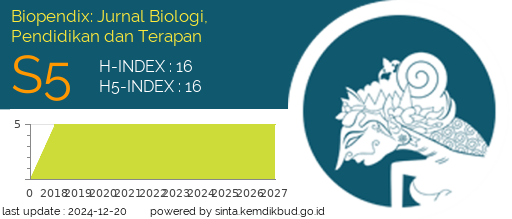
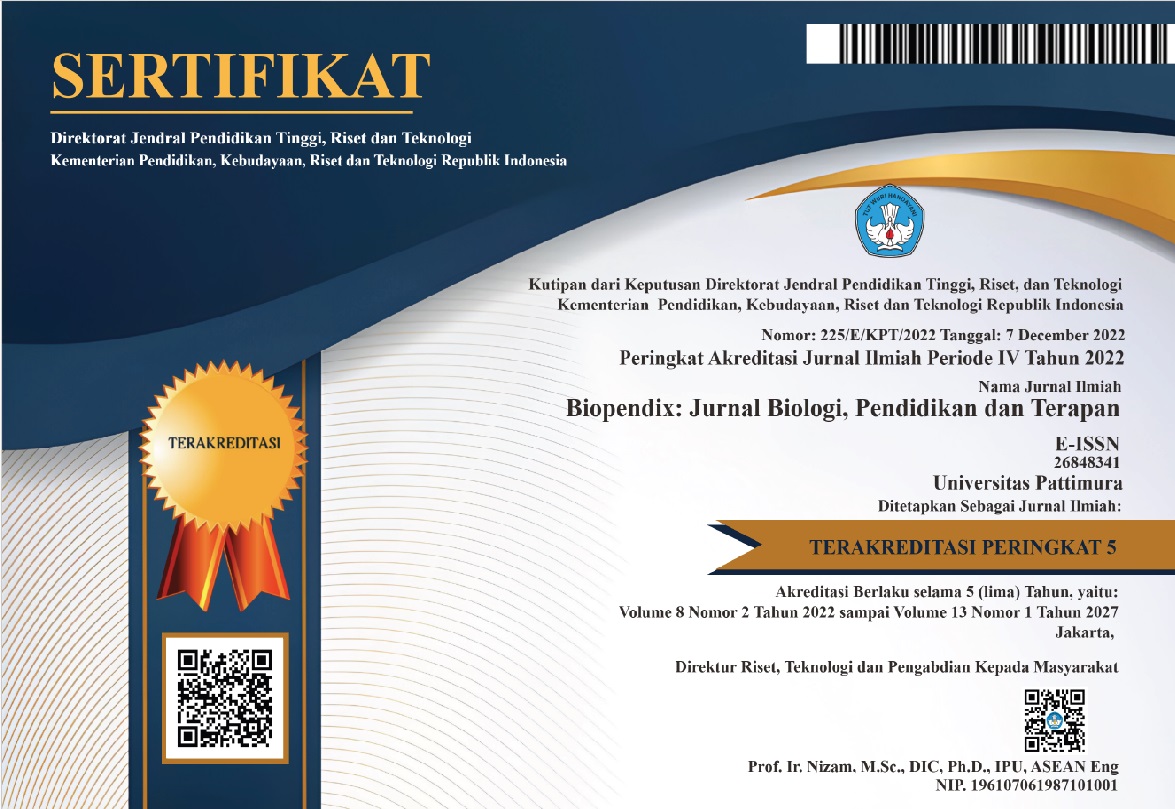 2
2




